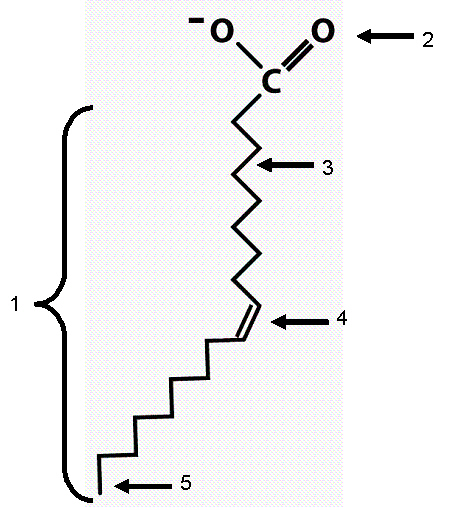Multiple Choice
Identify the
choice that best completes the statement or answers the question.
|
|
|
1.
|
When NAD+ combines with hydrogen, the NAD+ becomes
a. | reduced. | b. | oxidized. | c. | phosphorylated. | d. | denatured. | e. | none of
these |
|
|
|
2.
|
During enzyme-catalyzed reactions, substrate is a synonym for
a. | end products. | b. | byproducts. | c. | enzymes. | d. | reactants. | e. | none of
these |
|
|
|
3.
|
Movement of a molecule against a concentration gradient is
a. | simple diffusion. | b. | facilitated diffusion. | c. | osmosis. | d. | active transport. | e. | passive
transport. |
|
|
|
4.
|
Which statement is true?
a. | A cell placed in an isotonic solution will swell. | b. | A cell placed in a
hypotonic solution will swell. | c. | A cell placed in a hypotonic solution will
shrink. | d. | A cell placed in a hypertonic solution will remain the same size. | e. | A cell placed in a
hypotonic solution will remain the same size. |
|
|
|
5.
|
A nucleotide may contain a
a. | purine. | b. | pentose. | c. | phosphate
group. | d. | pyrimidine. | e. | all of these |
|
|
|
6.
|
In the bonding of nitrogenous bases
a. | adenine is paired with cytosine. | b. | adenine is paired with
guanine. | c. | cytosine is paired with thymine. | d. | guanine is paired with
cytosine. |
|
|
|
7.
|
Replication of DNA
a. | produces RNA molecules. | b. | produces only new DNA. | c. | produces two
molecules, each of which is half-new and half-old DNA joined lengthwise to each
other. | d. | generates excessive DNA, which eventually causes the nucleus to
divide. | e. | is too complex to characterize. |
|
|
|
Using the diagram answer the
following questions.

|
|
|
8.
|
Which of the following
correctly matches the chemical nature with the identified regions?
a. | 2.....polar |
b. | 3.....charged |
c. | 4.....rotational |
d. | 1..... hydrophilic |
e. | all of the above are correctly matched
areas |
|
|
|
9.
|
Glycolysis leads to the production of ____________
and two molecules of ATP. In the absence of oxygen, fermentation leads to the production of
______________. Glycolysis plus the citric acid cycle can convert the carbons of glucose to _________
, storing the energy as ATP, _____________ and ___________.
a. | lactic acid, pyruvate, carbon dioxidem NADH, FADH2 | b. | pyruvate, lactic
acid, carbon dioxide, NADH, FADH2 | c. | carbon dioxide, NADH, FADH2, lactic acid,
pyruvate | d. | oxygen, lactic acid, pyruvate, FADH2 | e. | glucose, lactic acid, carbon dioxide, NADH,
FADH2
|
|
|
|
Observe the following image carefully and answer the following
questions.
|
|
|
10.
|
The image above is a example of a --- cell, which is a --- type of cell.
a. | plant cell........prokaryotic | b. | animal......eukaryotic | c. | plant........eukaryotic | d. | bacteria......viral | e. | walled........rotational |
|